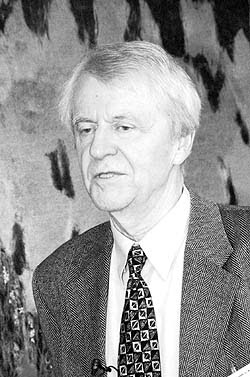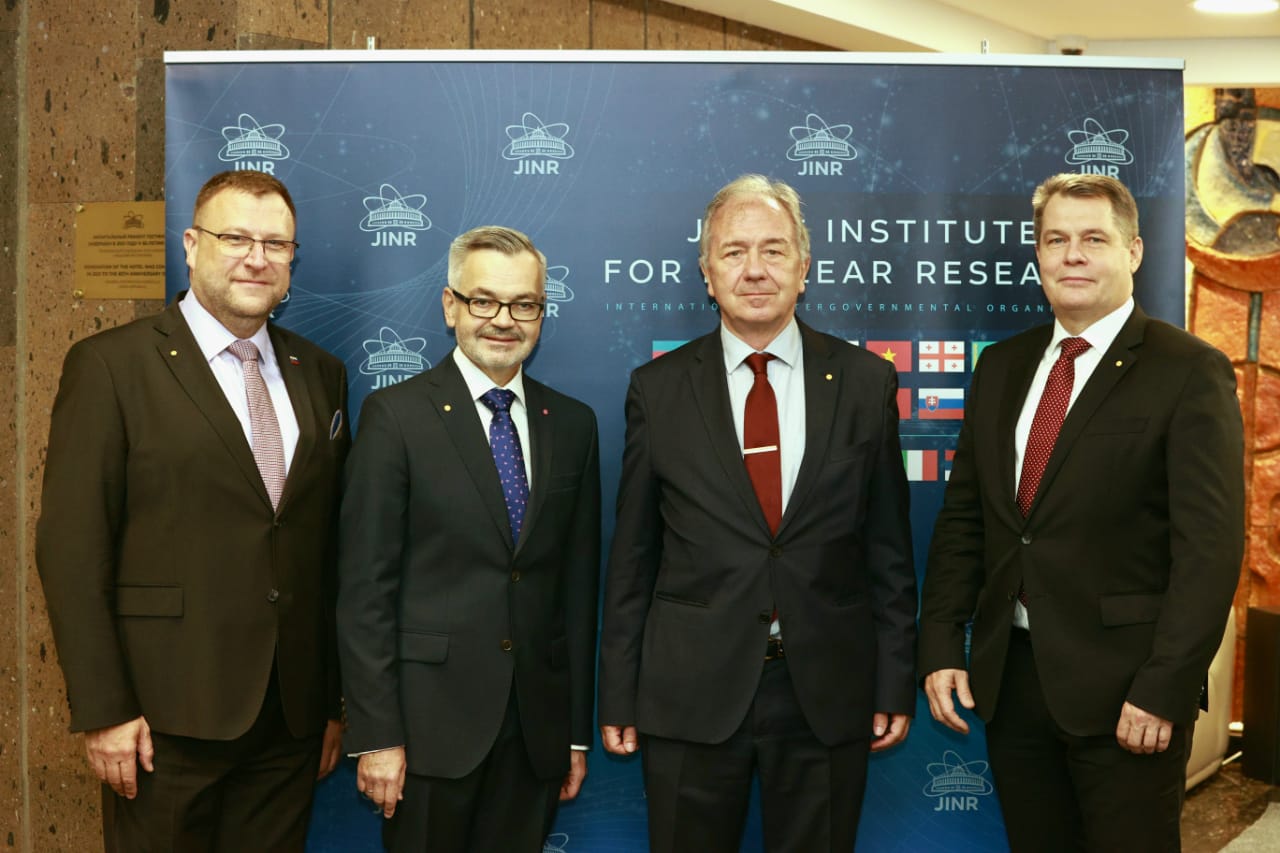Ultra-stable implanted Rb-83/Kr-83m electron sources for the energy scale monitoring in the KATRIN experiment
Autor
| Zbořil M. | Institute of Nuclear Physics, University of Munster |
| Bauer S. | Institute of Nuclear Physics, University of Munster |
| Beck M. | Institute of Nuclear Physics, University of Munster |
| Bonn J. | Institute of Physics, University of Mainz |
| Dragoun Otokar, Ing. DrSc. | Ústav jaderné fyziky AC ČR |
| Jakůbek J. | Ústav technické a experimentální fyziky ČVUT |
| Johnston K. | CERN |
| Kovalík Alojz, Ing. DrSc. | Ústav jaderné fyziky, AV ČR, SÚJV Dubna |
| Otten E.W. | Institute of Physics, University of Mainz |
| Schlosser K. | Institute of Technology, Karlsruhe |
| Slezák M. | Ústav jaderné fyziky AV ČR |
| Špalek Antonín, Ing.CSc. | Ústav jaderné fyziky AV ČR |
| Thummler T. | Institute of Technology, Karlsruhe |
| Vénos Drahoslav, Mgr. CSc. | Ústav jaderné fyziky AV ČR |
| Žemlička J. | Ústav technické a experimentální fyziky ČVUT |
| Weinheimer Ch. | Institute of Nuclear Physics, University of Munster |
Rok
2013
Časopis
Journal of Instrumentation, 8, P03009
Web
Obsah
The KATRIN experiment aims at the direct model-independent determination of the average electron neutrino mass via the measurement of the endpoint region of the tritium beta decay spectrum. The electron spectrometer of the MAC-E filter type is used, requiring very high stability of the electric filtering potential. This work proves the feasibility of implanted Rb-83/Kr-83m calibration electron sources which will be utilised in the additional monitor spectrometer sharing the high voltage with the main spectrometer of KATRIN. The source employs conversion electrons of Kr-83m which is continuously generated by Rb-83. The K-32 conversion line (kinetic energy of 17.8 keV, natural line width of 2.7 eV) is shown to fulfill the KATRIN requirement of the relative energy stability of +/- 1.6 ppm/month. The sources will serve as a standard tool for continuous monitoring of KATRIN's energy scale stability with sub-ppm precision. They may also be used in other applications where the precise conversion lines can be separated from the low energy spectrum caused by the electron inelastic scattering in the substrate.
Příklad citace článku:
M. Zbořil, S. Bauer, M. Beck, J. Bonn, O. Dragoun, J. Jakůbek, K. Johnston, A. Kovalík, E. Otten, K. Schlosser, M. Slezák, A. Špalek, T. Thummler, D. Vénos, J. Žemlička, C. Weinheimer, "Ultra-stable implanted Rb-83/Kr-83m electron sources for the energy scale monitoring in the KATRIN experiment", Journal of Instrumentation, 8, P03009 (2013)


 MINISTR ŠKOLSTVÍ KE SPOLUPRÁCI ČR S SÚJV
MINISTR ŠKOLSTVÍ KE SPOLUPRÁCI ČR S SÚJV INTEREST JINR, Wave 6
INTEREST JINR, Wave 6 Zemřel profesor Ivo Zvára
Zemřel profesor Ivo Zvára Výzva k podávání žádostí na projekty řešené ve spolupráci s SÚJV (Projekty 3+3)
Výzva k podávání žádostí na projekty řešené ve spolupráci s SÚJV (Projekty 3+3)  Výzva k podávání žádostí na Granty zplnomocněného představitele vlády ČR v SÚJV
Výzva k podávání žádostí na Granty zplnomocněného představitele vlády ČR v SÚJV Velvyslanec ČR v RF navštívil SÚJV
Velvyslanec ČR v RF navštívil SÚJV INTEREST JINR, Wave 5
INTEREST JINR, Wave 5 Ruské vízové centrum
Ruské vízové centrum Pracovní pobyty ČR - SÚJV 2022
Pracovní pobyty ČR - SÚJV 2022